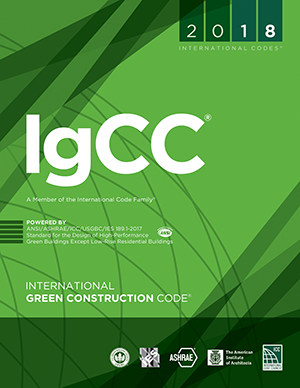ASTM International committee develops standard to improve drone safety

|
ASTM International's Committee F38 on Unmanned Aircraft Systems has developed a new standard that provides requirements for parachute recovery systems (PRSs) used to improve human safety while operating drones.
The standard, ASTM F3322-18, "Standard Specification for Small Unmanned Aircraft System (sUAS) Parachutes," outlines requirements for testing and validating PRS documentation. According to ASTM International committee members, the requirements may help drone operators seek approval from civil aviation authorities to fly small drones over people. Applicable to multirotor, single-rotor, hybrid, vertical takeoff/landing and fixed-wing drones, the standard specifically defines the design, fabrication and test requirements of installable, deployable PRSs integrated into drones to lessen the impact energy of a drone if it fails to sustain normal, safe flight.
Committee member Alan Erickson, chief technology officer for Indemnis Inc., Anchorage, Alaska, says the standard creates a framework for PRS manufacturers, drone manufacturers and drone operators that integrates the drone, parachute components and testing of the entire system.
"The standard includes a rigorous design and testing matrix due to the simple fact that a PRS may be the only failsafe in a critical system failure," Erickson says. "When applied correctly, a PRS will enable industry growth in a way that provides civil aviation authorities and civilian populations with a high level of confidence in sUAS."
Additional information about the committee's standard development is available at www.astm.org/committee/F38.htm.
SPFA updates spray polyurethane foam LCA and EPDs
The Spray Polyurethane Foam Alliance (SPFA) has completed a mandatory five-year update to its Life Cycle Assessment (LCA) and Environmental Product Declarations (EPDs) for three spray polyurethane foam (SPF) product formulations: open-cell low-density insulation, closed-cell medium-density insulation and roofing foams.
Developed in 2013 in conjunction with thinkstep, Stuttgart, Germany, SPFA's ISO-compliant SPF LCA and EPDs were the first to be published industry-wide. The SPF LCA update complies with the 2018 Insulation Product Category Rule and includes the original three product formulations, as well as a fourth product formulation—low-pressure two-component closed-cell insulation and sealant foams.
SPFA also completed two SPF EPDs. An EPD updated from its 2013 version includes hydrofluorocarbon- (HFC-) based blowing agents for closed-cell foams, and a new EPD includes hydrofluoroolefin- (HFO-) based (low global warming potential) blowing agents. Both are based on the results of the LCA and allow SPF contractors to help sustainable building designers obtain proper credit from sustainable building programs for using spray foam insulation.
"This current update is key for the industry as it brings our LCA and EPDs current and addresses a major shift within our industry toward more environmentally sound blowing agents, which dramatically reduce negative impacts to the Earth and climate," says Rick Duncan, SPFA's technical director.
SPFA's updated SPF LCA and EPDs are available at www.sprayfoam.org/technical/spfa-research-projects.
ICC releases 2018 International Green Construction Code®

|
Together with ASHRAE, the Illuminating Engineering Society and the U.S. Green Building Council, the International Code Council (ICC) has released the 2018 International Green Construction Code (IgCC®).
IgCC is a model code that provides a whole systems approach to the design, construction and operation of buildings and includes cost-effective measures that result in reduced operating costs, better indoor environments, less impact on natural resources, and improved neighborhood connections and walkability. The code correlates with ICC’s International Energy Conservation Code, ASHRAE Standard 90.1, "Energy Standard for Buildings Except Low-Rise Residential Buildings," and other referenced standards. IgCC is intended to help governments streamline code development and adoption, saving time and money, and create uniformity among adopting jurisdictions.
"Building safety codes help our communities prepare for the future," says Dominic Sims, ICC’s CEO. "Taking into account the latest technologies and cost-effective strategies for dealing with resource scarcity, the IgCC helps cities, states and countries build stronger, smarter, sustainably and more resiliently."
The 2018 IgCC can be purchased at shop.iccsafe.org.
COMMENTS
Be the first to comment. Please log in to leave a comment.